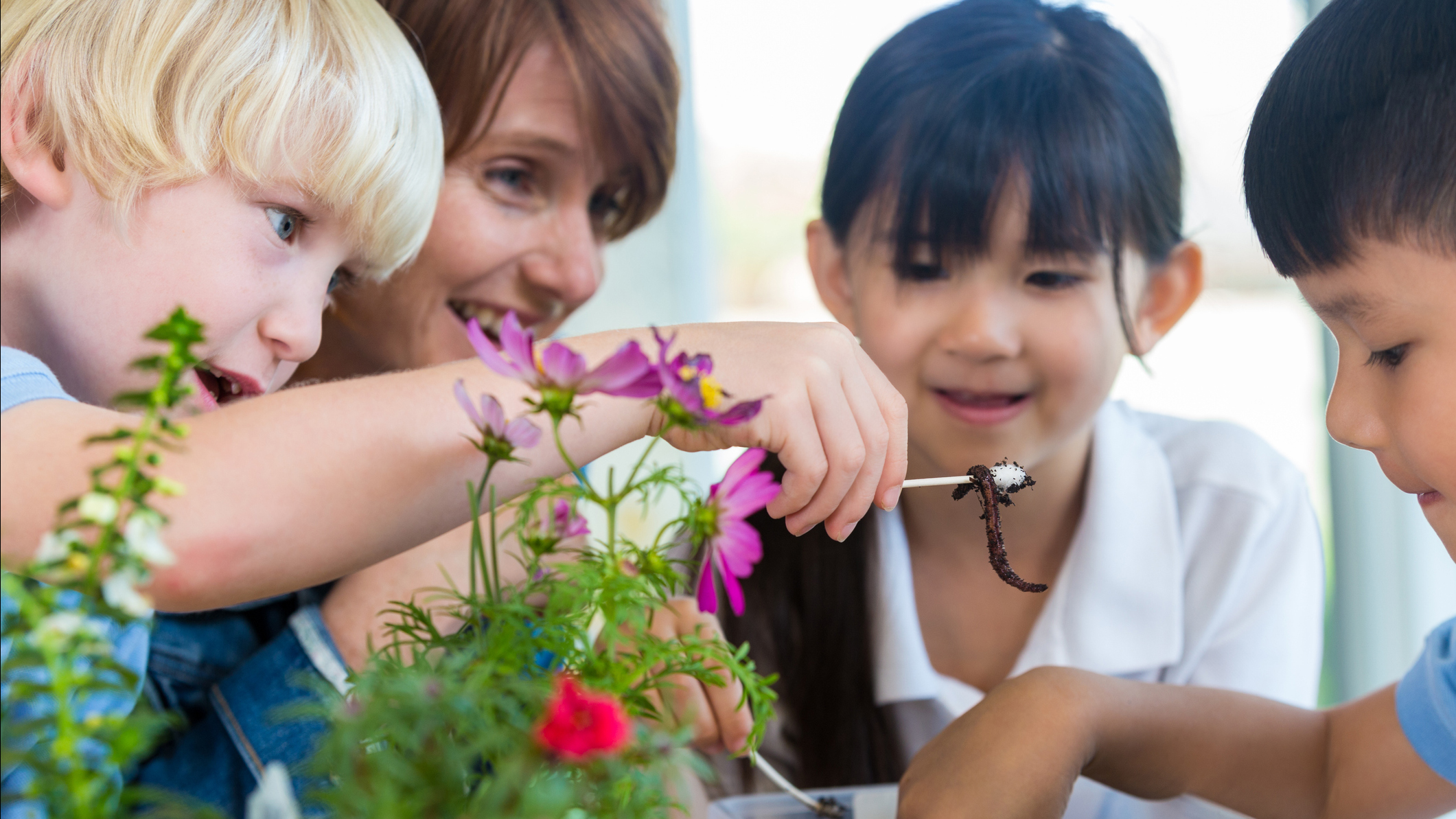In recent years, schools have increasingly recognized that integrating gardening and plant cultivation into the curriculum can serve as a transformative educational experience. This movement not only enhances students’ academic skills but also nurtures their connection to the environment. The following exploration delves into effective methodologies in teaching students the art and science of plant growth, focusing on comprehensive practices that cultivate knowledge while promoting sustainability.
Educational gardening initiatives promote ecological literacy, foster responsibility, and encourage active participation among students. Nevertheless, the successful implementation of such programs requires a structured approach that harmonizes with educational objectives and community engagement. Various pedagogical strategies can be employed to maximize the impact of gardening as a learning tool in academic environments.
At the crux of successful plant cultivation education lies the formulation of a comprehensive curriculum that intertwines gardening with a multitude of subjects. Optimal learning outcomes arise when educators employ an interdisciplinary approach, allowing students to draw connections among diverse fields.
For instance, science education benefits significantly from the inclusion of gardening. Through hands-on experiences, students can observe plant biology, photosynthesis, and ecosystems in action. This experiential learning fosters inquiry-based exploration, prompting students to pose questions, conduct experiments, and analyze data related to plant growth. Moreover, integrating lessons on local ecosystem dynamics and the role of plants in environmental health deepens students’ understanding of their ecological footprint.
Mathematics can also be incorporated into gardening curricula. Educators can design activities that require students to measure plant growth, calculate area for planting beds, or analyze data through statistical methods. Such exercises not only reinforce mathematical skills but also make abstract concepts tangible through real-world applications.
The arts and humanities offer fertile ground for exploration as well. Schools can encourage students to document their gardening experiences through creative writing, photography, or visual art projects. This multidimensional approach engages diverse learning styles and allows for personal expression, contributing to a holistic educational atmosphere.
Furthermore, social studies curricula can be enriched by probing the historical and cultural significance of plants. Exploring topics such as traditional agricultural practices, food security, and the socio-political implications of sustainable farming can empower students to engage with contemporary global challenges related to climate change and food distribution.
Gardening as a learning tool also engenders life skills essential for personal development. From teamwork and communication to problem-solving and resilience, students encounter and surmount challenges inherent in plant cultivation. They learn to appreciate the cycles of nature—the triumphs and failures—helping them build character and foster a growth mindset.
Another pivotal aspect of teaching students to grow plants revolves around community involvement. Engaging local organizations, such as agricultural cooperatives or environmental nonprofits, can provide invaluable resources and knowledge. Collaborating with community experts helps to bridge the gap between theoretical learning and practical application, while fostering a sense of belonging and commitment to local ecosystems.
Community-based initiatives such as school gardens can extend the benefits beyond the classroom. They serve as platforms for experiential learning, promote healthy eating habits, and enhance community cohesion. Furthermore, they contribute to awareness regarding food production and environmental stewardship, igniting a passion for sustainable practices among students.
While embarking on this journey into gardening education, it is crucial for schools to adhere to best practices that ensure the success and sustainability of their initiatives. Consistent planning and assessment mechanisms can streamline the integration of gardening into the educational framework.
First and foremost, educators must establish clear objectives aligned with broader educational standards. This clarity fosters accountability and facilitates assessment, enabling educators to gauge the effectiveness of their programs. Evaluations can adopt a matrix approach, assessing students’ knowledge, skills, and attitudes before and after their gardening experiences.
Furthermore, the design of the physical garden space plays a critical role in student engagement. Environments that are safe, accessible, and conducive to exploration stimulate curiosity and enthusiasm. Schools can optimize garden layouts by incorporating diverse planters, seating areas, and sensory elements that invite interaction. This not only enhances the aesthetic appeal of the space but also supports varied learning modalities, acknowledging that every student is unique.
Additionally, consideration must be given to the selection of plant varieties. Educators should opt for plants that thrive in the local climate and soil conditions, ensuring a higher likelihood of successful growth. Incorporating native species into the curriculum serves a dual purpose; it offers students the chance to learn about local flora while promoting biodiversity and ecological health in the environment.
Equally important is the emphasis on sustainability throughout the gardening process. Instilling practices such as composting, organic gardening, and water conservation equips students with conscientious habits they can carry into adulthood. Schools can further amplify this commitment to sustainability by leveraging eco-friendly materials and methods that minimize their environmental impact.
Ongoing training and support for teachers responsible for implementing gardening initiatives also warrant attention. Educators benefit from professional development opportunities that enhance their gardening acumen and pedagogical strategies. Workshops and seminars can equip them with the necessary tools to navigate challenges associated with outdoor learning spaces and cultivate an enthusiasm for gardening within their students.
Finally, fostering a culture of reflection and sharing among students can amplify the learning associated with gardening. Celebrating accomplishments through school-wide events or incorporating gardening into science fairs and exhibitions allows students to take pride in their efforts while learning from one another. Engaging parents and the community in these celebrations not only showcases students’ hard work but also reinforces the notion that gardening education is a collaborative endeavor.
The journey of teaching students to grow plants transcends mere cultivation; it cultivates minds, nourishes bodies, and inspires compassion for the world. By implementing comprehensive and thoughtful gardening curricula, schools can arm students with knowledge, skills, and a profound respect for nature. The cultivation of plants mirrors the cultivation of character—each flourish and failure contributing to the rich tapestry of personal experience that shapes our future stewards of the Earth.









Leave a Comment